The area even then was something of a multimodal hub. Stewart had a string of horses; Lawson and his gang were traveling on foot; and at the Trading Ford of the Yadkin (then called the Sapona) River, traders met and changed goods. The Great Wagon Road, running from Philadelphia to Georgia and providing a route to settle the backcountry east of the Appalachians, and where they crossed, in 1753 Salisbury was founded. Location, location, location -- even Daniel Boone set out in 1769 for his adventures from Salisbury. George Washington slept in Salisbury. It became a rail hub with the Spencer Shops (now a transportation museum) right next door. Nowadays Salisbury has a lovely and thriving little turn-of-the-century downtown, and of course the nearby Trading Ford and High Rock Lake, a result of the dammed Yadkin.
But what it really has is lovely territory. When Lawson and two of his companions took advantage of iffy weather to visit the Sapona town by the river, he begin to sing the land's praises as only Lawson could. "We pas'd through a delicious Country, (none that I ever saw exceeds it,)" he said. "Nor could all Europe afford a pleasanter Stream." He kvells about the rolling land covered with long leaf pines: "pleasant Savanna Ground, high and dry, having very few Trees upon it, and those standing at a great distance. ... A Man near Sapona may more easily clear 10 Acres of Ground, than in some places he can one." He also describes "One side of the River ... hemm'd with mountainy Ground, the other side proving as rich a Soil to the Eye of a knowing Person with us, as any this Western World can afford."
He wasn't exaggerating; I have been to this place.
My old pal and font of all Lawsonian information Val Green bid me contact Dr. Robert Crawford III, a seventh-(or so)-generation son of Salisbury, whose family has owned River Ranch Farm, on a spit of land between Crane Creek and the Yadkin, since not long after Lawson came through, though at this point both creek and river make up arms of High Rock Lake. Crawford drove me down Crawford Road (he helped create the road driving his father's 42 Chevy around fields when he was too young to drive on the road, he chortled) and offered me the use of his 200-year-old cabin (it has notches in the logs that once enabled settlers to shoot at Indians). He and his wife, Ann, and his associate historian Susan Sides kept me lodged, fed, and entertained during my stay.
Crawford doesn't have the slightest doubt about the Sapona town being on a vast cleared area of his farm -- he lay back his head one day while fishing decades ago and found an arrowhead. This began a lifetime of picking things up, which led to a collection of some 20,000 items -- simply picked up after plowing -- that he in 2014 sold to the Laurens County Museum. A small sampling hangs in his downtown Salisbury ophthalmology office.
That is, Lawson kind of liked it here.
Me too. Crawford's River Ranch Farm has an open spot very much like the one Lawson describes the Sapona living in, and from a spot in that area you can see, across the lake -- that would have been a river -- High Rock Mountain (it's only 1160 feet high but is still by far the highest point Lawson had yet seen in the New World), while on your other side, in a slough that is wet only because the lake is dammed now, would surely have been thick soil, enriched by occasional floods. The land is high and dry. Crawford pointed the spot out to me. His daddy told him Lawson had walked their land, and when Val Green showed up in his office one day asking for permission to visit the land it only made sense.
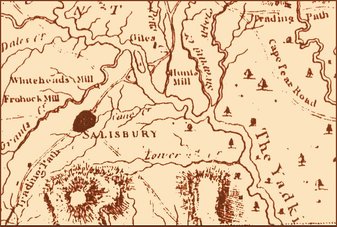 There it is! just northeast of that big blob of Salisbury -- one path crossing the island and another going downstream of it. From the Collett map of 1770.
There it is! just northeast of that big blob of Salisbury -- one path crossing the island and another going downstream of it. From the Collett map of 1770. Nobody doubts where the Trading Ford was; it shows up on countless maps. Brownlee works tirelessly on its behalf, maintaining a monument, working for historic preservation of bridges across it, and in general speaking for the Ford like the Lorax does for the trees.
Just the same, Val Green hasn't let me down yet, plus I peeked through the trees and saw the mountain, plus I like Val's belief that the reason Lawson didn't cross the Yadkin (or Sapona) at the Trading Ford is because his party wanted to check out the mountains and so headed south, off the Trading Path. Brownlee believes -- as have almost all historians -- that he crossed at the Trading Ford, since it's where the Trading Path crossed the river.
On this topic Lawson is himself no help. In fact, Lawson actually never says "we crossed the Sapona" -- it's a bit like in Heart of Darkness, where one minute Marlow is hanging around waiting for steamboat parts and the next paragraph the shore is slipping by -- it seems like a rather essential detail has been left out. (I've always thought the moment in "Apocalypse Now" where they drop the boat in the river by helicopter is Coppola's sly reference to this elision by Conrad; if you know I'm wrong about that please don't tell me.) Lawson tells stories about the Sapona king quieting a windstorm, about how that king lost one of his eyes, about how the Sapona constantly feasted him and his companions. Though my hosts were not Sapona, I could scarcely have been better lodged, entertained, guided, or feasted.
Anyhow. I'll tell you more about the trip from Concord to Salisbury later, but here's the point of all of it: Lawson loved this area, and the Sapona treated him like a king. I think this area is just as beautiful, and though the river has been dammed, the country is just as delicious, and I've been treated like a king. I'm sad to be heading on my way tomorrow. I'll keep my eyes open for honey locust.
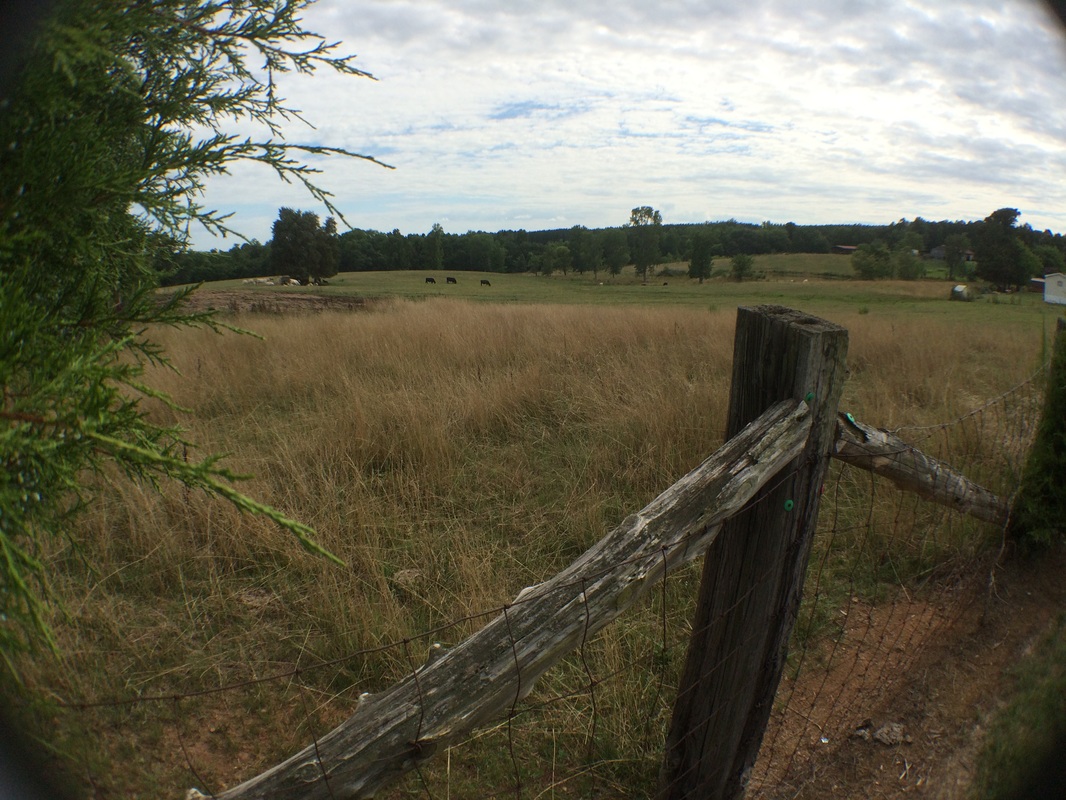
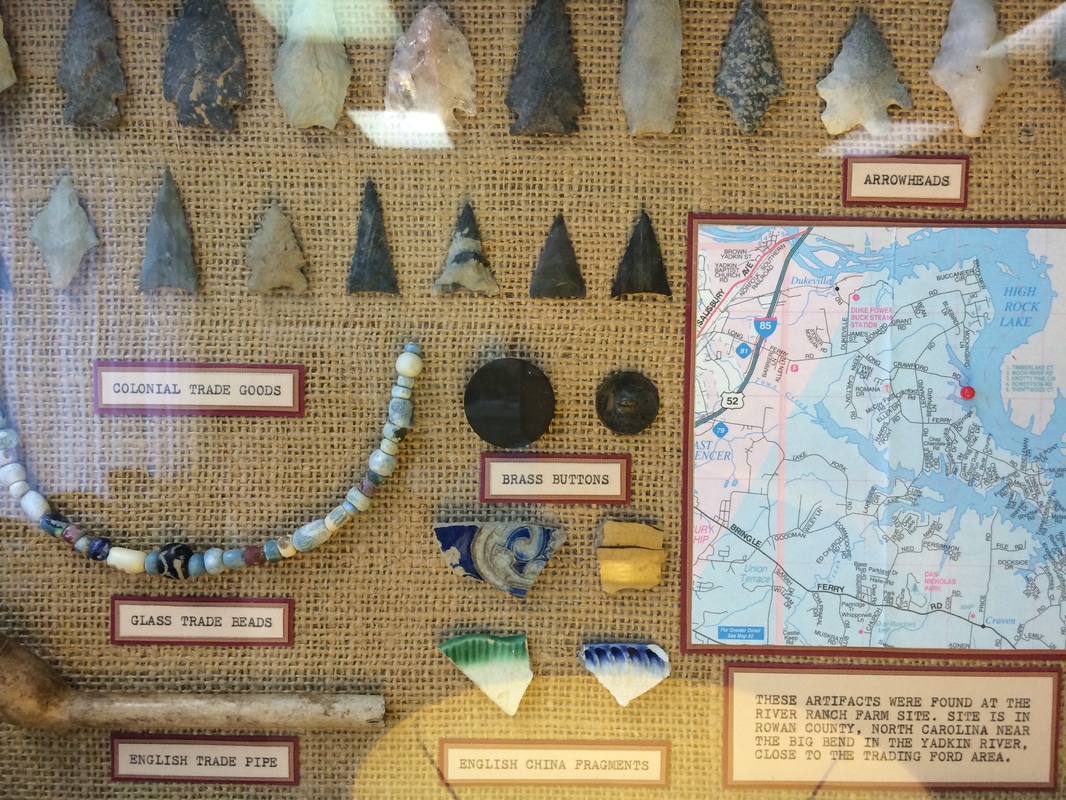
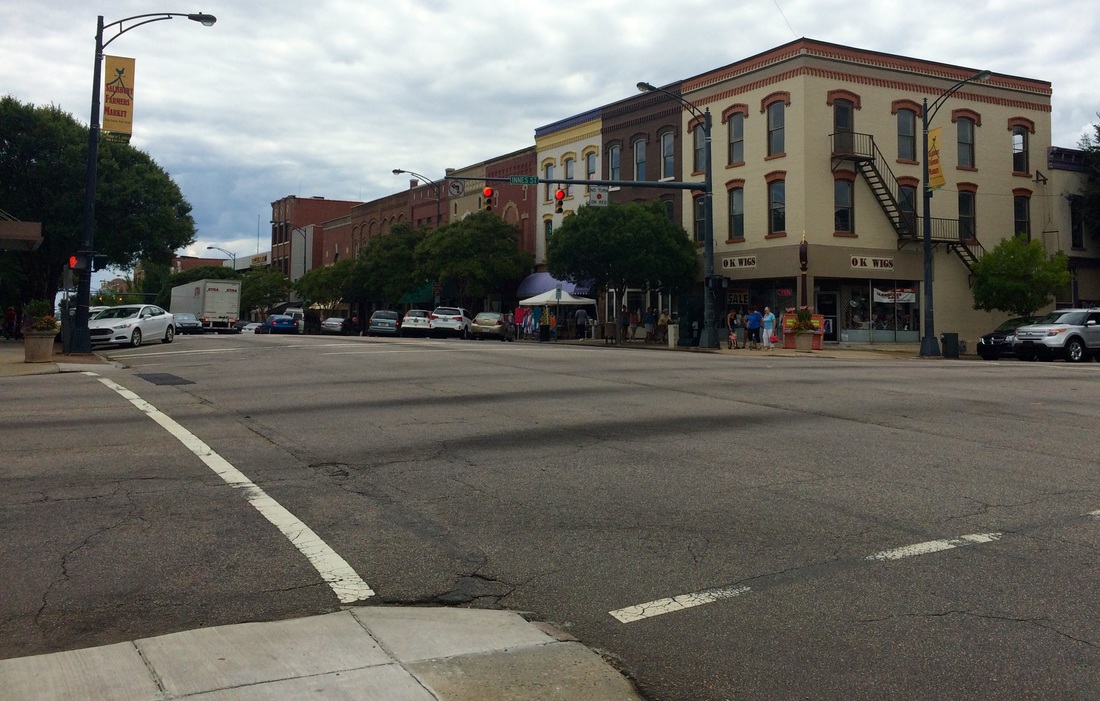
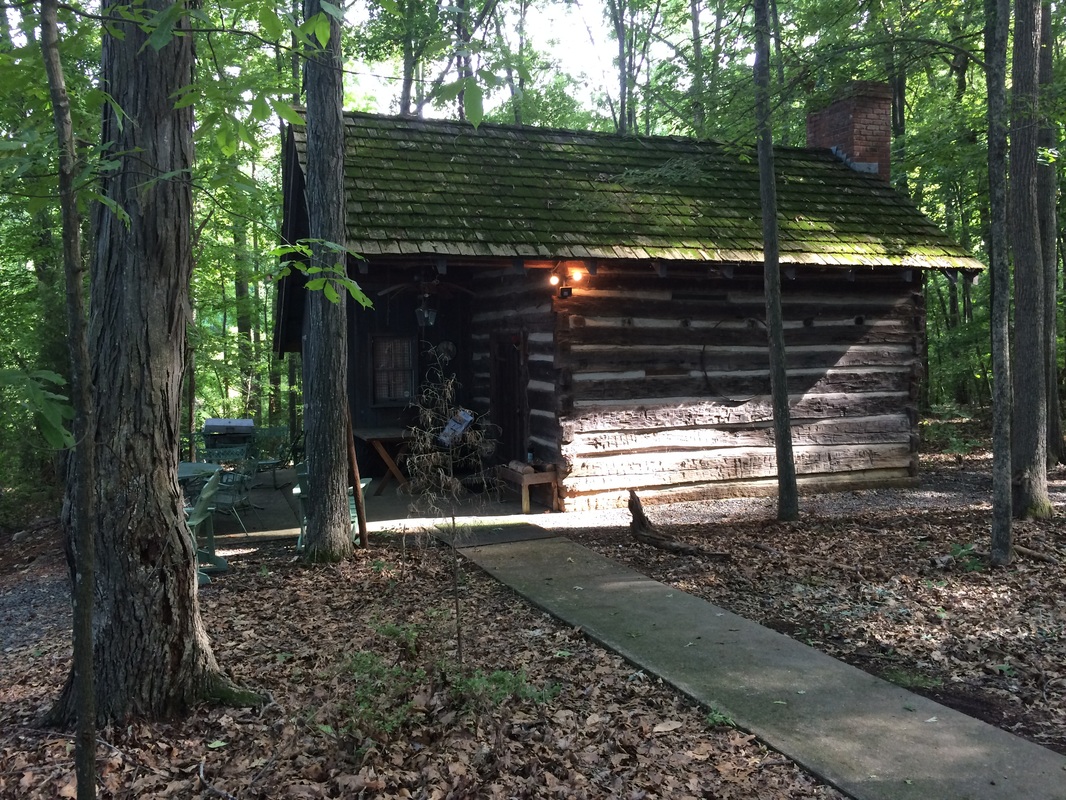
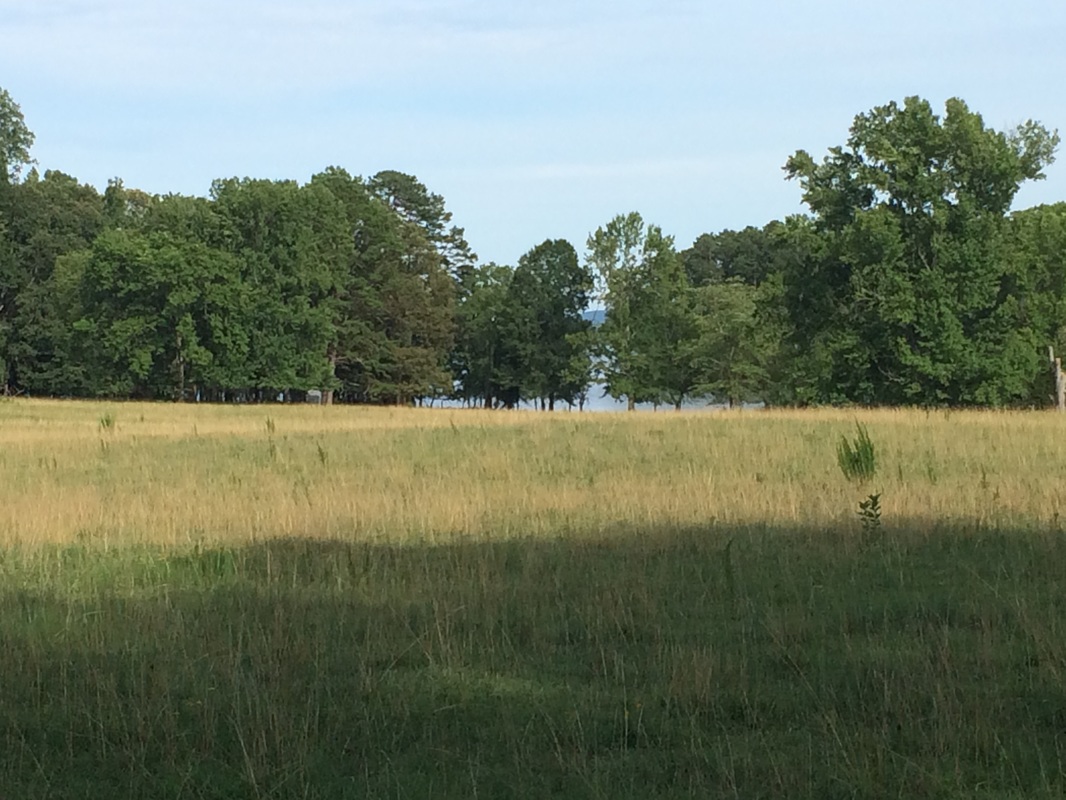
 RSS Feed
RSS Feed